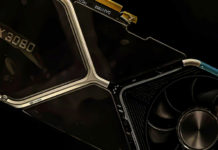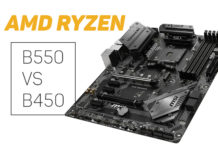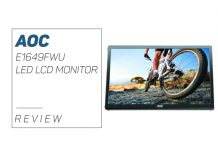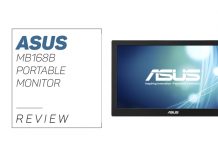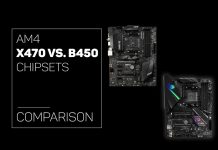Any type of transition from obsolete to new technology is usually welcomed by the vast majority of users. However, when some services like Cable decide to make a change, the sheer size of the project can cause some unforeseen issues. When Cable was planning on transitioning from analog to digital services, the Consumers Union issued a paper in which they raised concerns and even allegations. The idea behind these allegations was that Cable is trying to surreptitiously do the transition in order to fleece its customers. The main problem behind these allegations is the fact that there is a clear distinction between migrating to a digital platform and broadcasting digital signals. While these two things have one thing in common (the transition from analog to digital), they are two completely different events.

The migration away from an analog platform is not as recent as one would imagine. In fact, it started happening in the mid-1990’s. Since then, Cable has spent well over $130 billion to come up with a platform that offers a high-speed internet connection, telephone service, and of course, digital delivery of video. Even though it is a gruesome and exhausting transition, more than 60% of people have already embraced the change and seem quite happy with the service.

The thing many people didn’t like is the fact that this transition requires the user to get some new hardware, specifically – a set-top box. While this is a completely valid claim and concern, one should also consider the fact that the vast majority of satellite video services also require every user to obtain a similar box. In other words, it’s not something that will drastically change the way one watches TV. In fact, some cable providers decided to retain a certain amount of analog channels in order to cater to people who aren’t keen on getting new TV-reception hardware.

The best argument for this particular change lies in the necessity. In other words, hundreds of companies around the United States are looking for faster internet speeds, better reception, and cheaper telephone service. All of this can and will be done thanks to the digital update which will free up space that has been consumed by analog signals. In fact, for every four analog channels, the DOCSIS 3.0 system can deliver up to 160mbps which is much faster than current speeds. As far as video goes, for every analog channel delivered, Cable can offer six digital channels. If we look at it from that perspective, analog channels are much more expensive to maintain and it costs quite a lot of money in terms of missed opportunities for better services.



